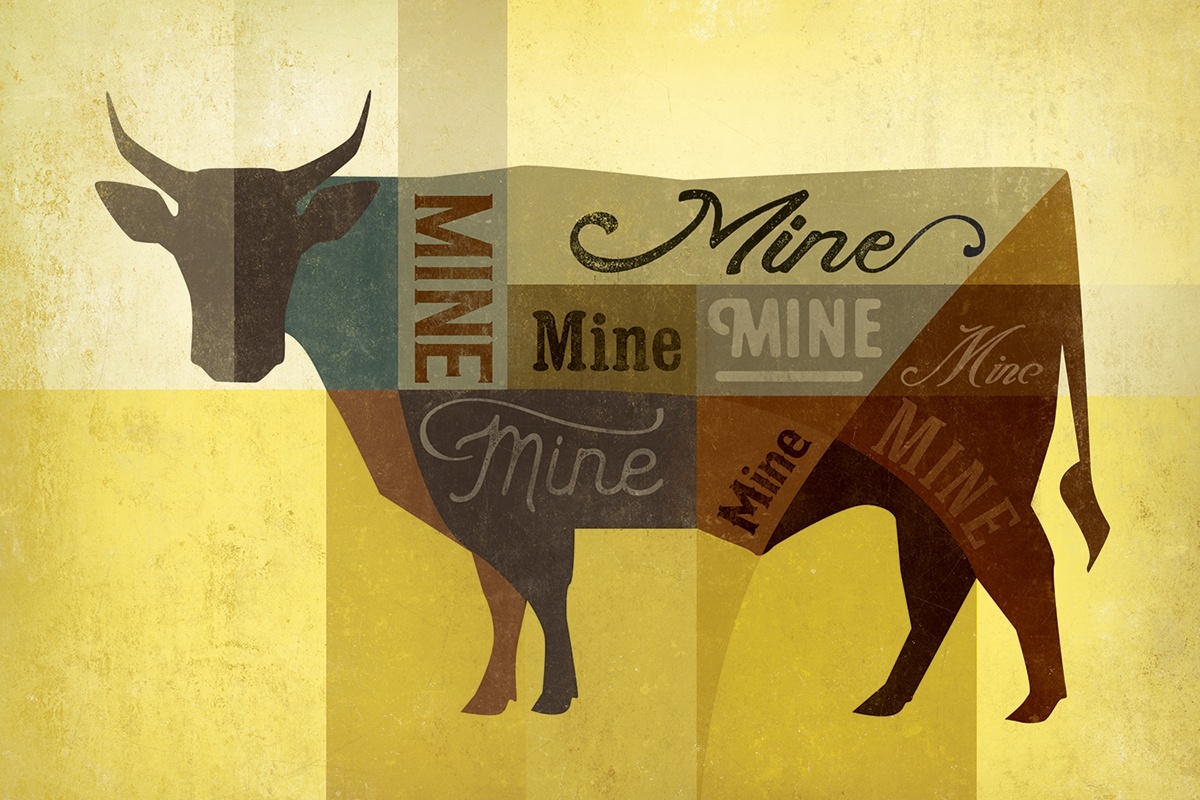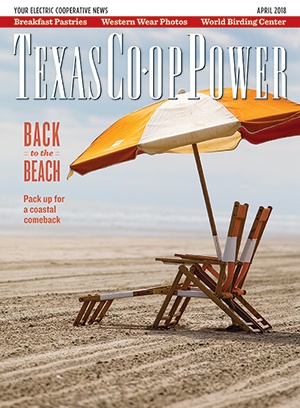The thieves are brazen. Cows, horses, sheep—any livestock—can be swiped and sold relatively quickly at full market value. Depending on what is stolen, it can be days and sometimes weeks before the rightful owner even notices. But when the theft comes to light, one of the first calls to be made is to the special rangers.
The special rangers, not to be confused with Texas Rangers, are a select group of law-enforcement agents licensed by the states of Texas and Oklahoma and dedicated solely to agriculture crimes.
Hal Dumas, a special ranger since 1993, has seen a lot in the decades since he joined the force. It is a far cry from his days as a Houston police officer or as the sheriff of Wharton County. His uniform on any given day is crisp jeans, a white shirt and the hat he places beside him on the sofa as he talks. The only tells that confirm his special status: his badge and the gleaming black gun holstered to his side.
“Almost all of what we do as a special ranger is cold cases,” says Dumas. Theft and fraud to be exact.
Catching cattle thieves is why the force was created in 1877 by the Texas and Southwestern Cattle Raisers Association. Cattle raisers, tired of losing their profits to rustlers, banded together to create this specialized and dedicated force.
To this day, the 30 agents who roam the rural roads of Texas and Oklahoma are funded by the TSCRA, not by either state’s government. The rangers investigate crimes not just for members but for any rancher or farmer who experiences theft.
Dumas has his work cut out for him. He supervises Region 5, which includes Milam and all counties east of it, up to Leon County. His region and Region 6 to the north contain 70 percent of the cattle in the state and 70 percent of the sale barns.
Cattle raisers not familiar with the special rangers often call the local sheriff when their equipment or livestock is stolen. The special rangers work closely with other law enforcement agencies.
“We work with sheriff’s departments all the time,” Dumas says. “Usually that is what we are doing, assisting another agency. We have the information on all the cattle sold in the state. They are a great help to us, and we’re a great help to them.”
There are more than 120 sale barns in Texas, and on any given day, some of them are open for business. Buyers and sellers from surrounding counties converge in metal buildings on dusty lots and, with little more than a handshake and exchange of checks, make deals to transfer ownership of livestock.
In some cases, Dumas says, if a bad check or similar issue has delayed payment, the rangers give buyers a chance to pay before stepping in. Some of these cases involve millions of dollars.
“We filed a case several years ago that ranged from Crockett to Caldwell, and we recovered close to 30 pieces of equipment worth close to a half-million dollars,” Dumas says breezily.
Livestock can be worth even more.
There have been multimillion-dollar deals where the buyer will purchase cattle from an organization that sells to individuals or puts cattle in a feedlot, Dumas explains. They buy as many as 10 or 15 truckloads and pay for them on time. If they get slow on paying or they go bankrupt, then the special rangers might have to get involved.
As old-fashioned as cattle rustling sounds, modern technology helps to catch the bad guys. Branding, the most effective way to identify cattle, was at one time identified via microfiche. Now each special ranger is equipped with a tablet and has instant access to databases across the state. Surveillance cameras on property also sometimes help.
Dumas believes cattle thieves will always be among us. Technology helps stop them or catch them, but he has old-fashioned advice for the modern rancher.
“Brand your cattle.”
LaDawn Fletcher is a Houston-area writer.


